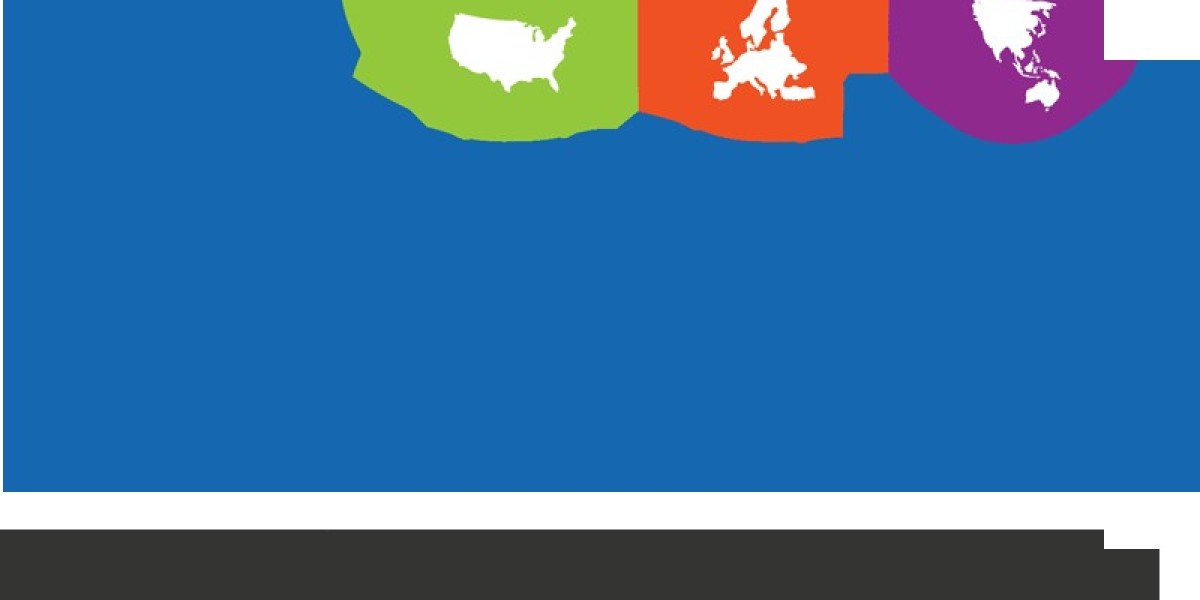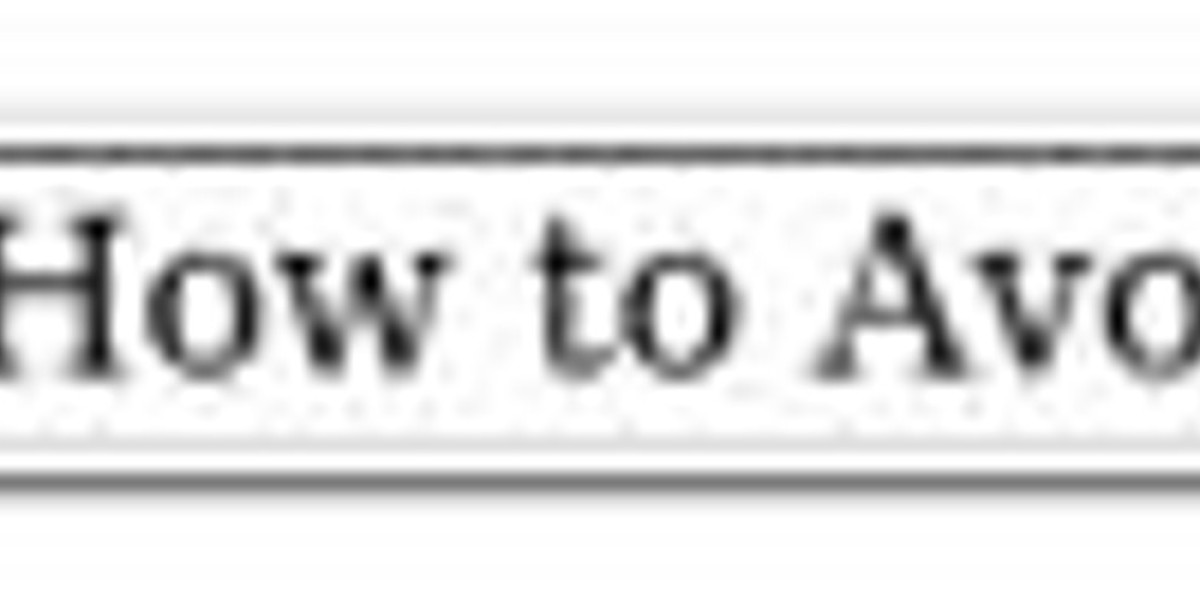The global returnable transport packaging (RTP) market is poised for significant growth, projected to reach USD 31.1 billion in 2025 and expand at a robust compound annual growth rate (CAGR) of 4.9%, culminating in a market valuation of USD 50.2 billion by 2035. This upward trajectory is being driven by the growing demand for cost-effective, durable, and environmentally sustainable packaging solutions across diverse industries including food & beverage, pharmaceuticals, chemicals, and e-commerce.
RTP systems—encompassing reusable pallets, crates, totes, and intermediate bulk containers (IBCs)—are increasingly recognized for their ability to streamline logistics, reduce environmental impact, and lower operational costs. These solutions offer multiple advantages, including waste reduction, decreased carbon emissions, and long-term cost savings, all of which align with the global push towards sustainability and circular economy practices. Moreover, regulatory pressures in several regions are favoring the adoption of reusable and recyclable transport systems, further bolstering the market outlook.
Market Dynamics and Technological Advancements
The integration of smart technologies into RTP solutions is transforming supply chain operations. Innovations such as radio-frequency identification (RFID), barcoding, and GPS tracking are enhancing real-time visibility, improving inventory accuracy, and minimizing asset loss. Smart tracking platforms are enabling logistics providers to optimize route planning and asset rotation cycles, thereby reducing downtime and improving fleet utilization.
Ludo Gielen, CEO of Schoeller Allibert, remarked, “Our focus remains on delivering high-quality returnable transport packaging solutions that not only enhance supply chain efficiency but also align with environmental sustainability goals.”
Semi-annual market analysis projects steady growth, with the first half of 2025-2035 showing a CAGR of 4.2%, while the second half is expected to accelerate to 5.6%. This demonstrates the increasing momentum of RTP adoption as industries recognize its operational and environmental advantages.
Get Instant Access for Only $5,000 | Don’t Miss This Exclusive Offer!
https://www.futuremarketinsights.com/reports/sample/rep-gb-4795
Top Investment Segments
Intermediate Bulk Containers (IBCs): IBCs are emerging as a critical RTP format, forecasted to grow at a CAGR of 5.6% between 2025 and 2035. Their versatility in safely storing and transporting liquids, powders, and granulated materials positions them as essential in chemical, pharmaceutical, automotive, and food & beverage sectors. Innovative collapsible and foldable IBCs are gaining popularity, as they minimize backhaul costs and warehouse space. Leading manufacturers, including Schoeller Allibert, Tosca, and CHEP, are introducing lightweight, RFID-enabled IBCs that meet industry demands for traceable, sanitary, and reusable containers.
Food & Beverage Applications: The food sector is expected to remain the largest adopter of RTP, with a CAGR of 4.7% over the next decade. Increasing emphasis on hygiene, regulatory compliance, and sustainability is encouraging companies to switch from disposable to reusable solutions. Returnable plastic crates, bulk bins, and pallets are ideal for perishable goods like fruits, dairy, baked goods, and beverages. Retail giants such as Walmart and leading European supermarket chains are deploying RFID-equipped reusable plastic containers (RPCs) to ensure cold chain integrity and reduce product spoilage. Companies like IFCO Systems and Tosca Ltd. are spearheading these efforts, combining operational efficiency with environmental responsibility.
Plastic-Based RTP: Plastic remains the dominant material in RTP, accounting for nearly 67.7% of the total market value in 2025. Engineered plastics such as high-density polyethylene (HDPE) and polypropylene (PP) are preferred for their lightweight, durable, and chemical-resistant properties. Automotive manufacturers rely on customized plastic dunnage systems, while grocery chains standardize stackable crates to reduce breakage and handling complexity. Key players, including ORBIS Corporation and Schoeller Allibert, continue to invest in advanced molding techniques and smart tracking systems, reinforcing plastic’s market dominance.
Chemical Industry Applications: The chemical sector, representing 19.3% of the RTP market in 2025, demands containers that comply with strict safety standards. UN-certified HDPE drums, stainless steel IBCs, and custom bulk containers are used to transport hazardous materials such as solvents, acids, and lubricants. Companies like Mauser Packaging Solutions and Greif Inc. are developing leak-proof, fire-resistant, and reusable solutions with integrated RFID tracking, ensuring safety, compliance, and operational efficiency.
Drivers and Challenges
Infrastructure expansion and industrial automation are driving demand for heavy-duty RTP such as pallets, IBCs, and dunnage bags. These solutions protect products during transit, maximize storage efficiency, and support automated material handling systems. Regulatory mandates in North America and Europe, such as Extended Producer Responsibility laws, are encouraging industries to adopt recyclable and reusable packaging, accelerating circular economy practices.
However, challenges persist. Large bulk packaging units require specialized handling equipment and significant storage space, which can be prohibitive for smaller organizations. Additionally, high initial investment costs for automated handling and IoT-enabled systems may hinder adoption, despite long-term operational benefits.
Regional and Country Insights
North America is expected to retain dominance, driven by stringent waste reduction policies, adoption of IoT-enabled RTP solutions, and growth in e-commerce and pharmaceutical logistics. Europe will focus on bio-based and recyclable RTP materials, automated handling, and AI-driven tracking. Asia-Pacific, particularly China and India, will witness rapid expansion due to e-commerce growth, cold chain development, and government sustainability initiatives. Latin America and the Middle East & Africa are gradually adopting RTP solutions, with the food, chemicals, and industrial sectors leading the charge.
Competitive Landscape and Strategic Developments
The RTP market is highly competitive, with Tier 1 companies such as Greif, Inc., Brambles Limited, Mauser Packaging Solutions, Schoeller Allibert, DS Smith Plc, and Berry Global, Inc. leading the way. These companies leverage advanced production technology, a broad geographic presence, and strong customer bases to offer high-quality, sustainable RTP solutions.
Tier 2 and Tier 3 players are also expanding their footprint, with regional expertise and technology investments helping smaller companies compete in niche markets. Recent industry developments, including Veritiv’s acquisition of Orora Packaging Solutions and mergers like International Paper with DS Smith, demonstrate the trend of consolidation and strategic partnerships aimed at enhancing market presence and innovation.
Key Players in the RTP Market:
Greif, Inc., Brambles Limited, Mauser Packaging Solutions, Schoeller Allibert Services B.V., DS Smith Plc, Time Technoplast Ltd., Berry Global, Inc., Cordstrap B.V., Schuetz GmbH & Co. KGaA., Supreme Industries Limited, PalletOne, Inc., Balmer Lawrie & Co. Ltd., Craemer Holding GmbH, Cabka Group GmbH, Bulk Lift International, Inc., Thielmann US LLC, TranPak, Inc., Rehrig Pacific Company, Inc., Myers Industries, Inc., Snyder Industries, Inc.
Conclusion
The global returnable transport packaging market is set for substantial growth over the next decade, driven by sustainability imperatives, technological advancements, and expanding adoption across key industries. As both established and emerging manufacturers innovate with smart, reusable, and recyclable solutions, the RTP sector is poised to become a cornerstone of efficient, eco-friendly global logistics. With rising regulatory pressure, a growing circular economy mindset, and increasing demand for cost-effective and durable packaging solutions, returnable transport packaging is not just the future of supply chains—it is redefining them.







